Cats are fascinating creatures with a unique set of behaviors that often leave their owners puzzled. From their mysterious gaze to their sudden bursts of energy, understanding what your feline friend is trying to communicate can be challenging. Many cat behaviors are commonly misunderstood, leading to confusion and sometimes unnecessary concern. In this article, we’ll unravel the mysteries behind 12 cat behaviors that often bewilder their human companions.
1. The Midnight Zoomies

If you’ve ever been startled awake by the sound of paws racing through your home at night, you’ve witnessed the infamous “midnight zoomies.” This behavior is often misunderstood as hyperactivity or a call for attention. In reality, it’s perfectly normal. Cats are naturally crepuscular, meaning they are most active during dawn and dusk. The zoomies are simply a way for them to burn off excess energy. Think of it as their version of a late-night workout. Ensuring your cat has plenty of playtime during the day can help reduce these nighttime sprints.
2. The Slow Blink
A slow blink from a cat is often misinterpreted as a sign of drowsiness or boredom. However, in the feline world, slow blinking is a gesture of trust and affection. When a cat slowly closes its eyes while looking at you, it’s akin to a human giving a warm smile. This behavior means your cat feels safe and comfortable in your presence. Try returning the slow blink to strengthen your bond with your feline friend.
3. Kneading with Paws
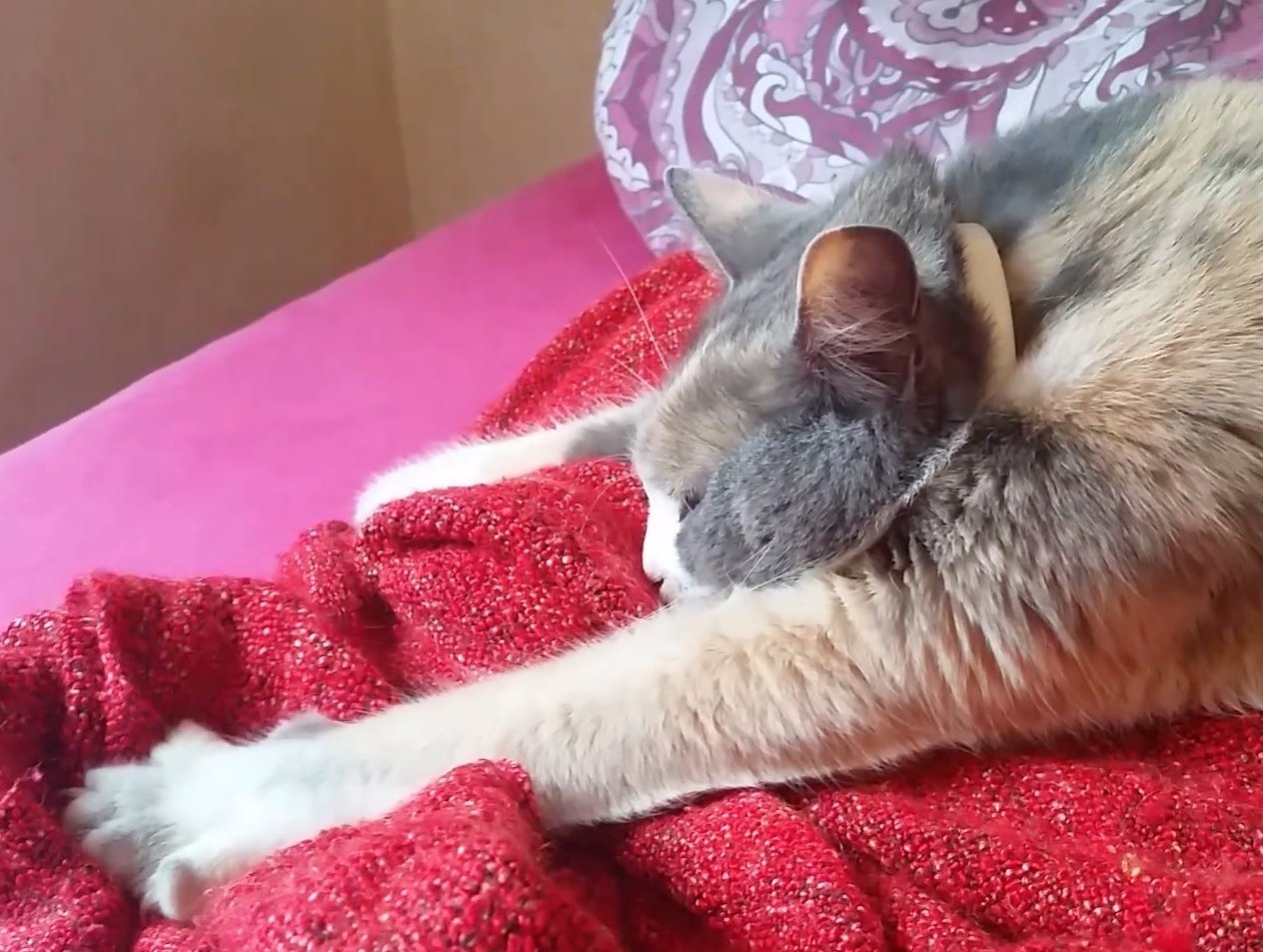
Many cat owners are puzzled when their cats start kneading with their paws on soft surfaces, often accompanied by a contented purr. This behavior is not a sign of restlessness or discomfort. Instead, it’s a comforting action, reminiscent of kittenhood when they would knead their mother’s belly to stimulate milk flow. Kneading is a sign that your cat feels secure and happy. Providing soft blankets or pillows can encourage this soothing behavior.
4. Head Butting
When a cat bumps its head against you, it might seem like a strange, even aggressive gesture. However, head butting, or “bunting,” is a way for cats to mark you with their scent, essentially claiming you as part of their territory. It’s a sign of affection and trust, not aggression. Cats have scent glands in their faces, and by head butting, they are sharing their scent with you, a behavior reserved for those they feel close to.
5. The Tail Quiver
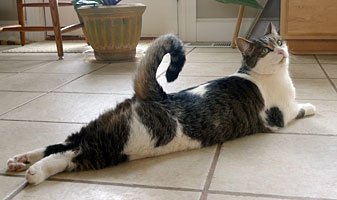
A quivering tail can be easily mistaken for a sign of fear or agitation. In fact, a cat with a quivering tail is usually displaying excitement or happiness, especially if the tail is held upright. It’s a greeting behavior often seen when a cat is pleased to see you or is anticipating something enjoyable, like a favorite treat. Understanding this subtle tail language can help you respond appropriately to your cat’s mood.
6. Knocking Things Over

Cats are notorious for knocking items off tables and shelves, leading many owners to believe they are being mischievous or seeking attention. While attention might play a role, this behavior is often driven by a cat’s natural curiosity and hunting instincts. Cats enjoy exploring their environment, and knocking things over is a way to test their surroundings. Providing engaging toys or interactive playtime can help satisfy this instinct without the mess.
7. Chattering at Birds
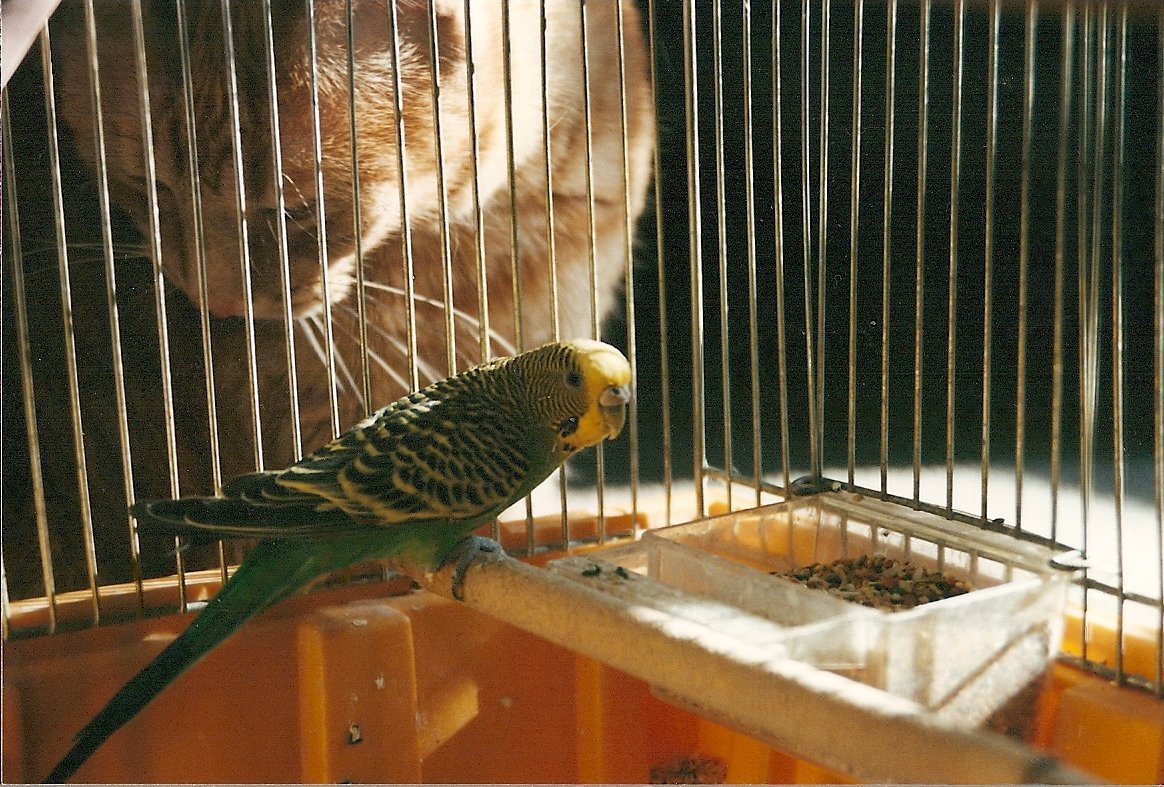
When cats spot birds or other small animals through the window, they often make a strange chattering noise. This behavior is sometimes interpreted as frustration or an attempt to mimic prey sounds. In reality, it’s a combination of excitement and instinct. The chattering might be a reflexive response to the sight of potential prey, preparing their jaw muscles for the quick bite needed to catch it. It’s a fascinating glimpse into your cat’s predatory nature.
8. Ignoring You
Cats are often labeled as aloof or indifferent when they choose to ignore their owners. However, this behavior is not necessarily a sign of disinterest. Cats are independent creatures that value their personal space. Ignoring you might simply mean they are comfortable and trust you enough to not always be on high alert. Offering your cat time and space to approach you on their terms can lead to a more rewarding relationship.
9. Rubbing Against Your Legs
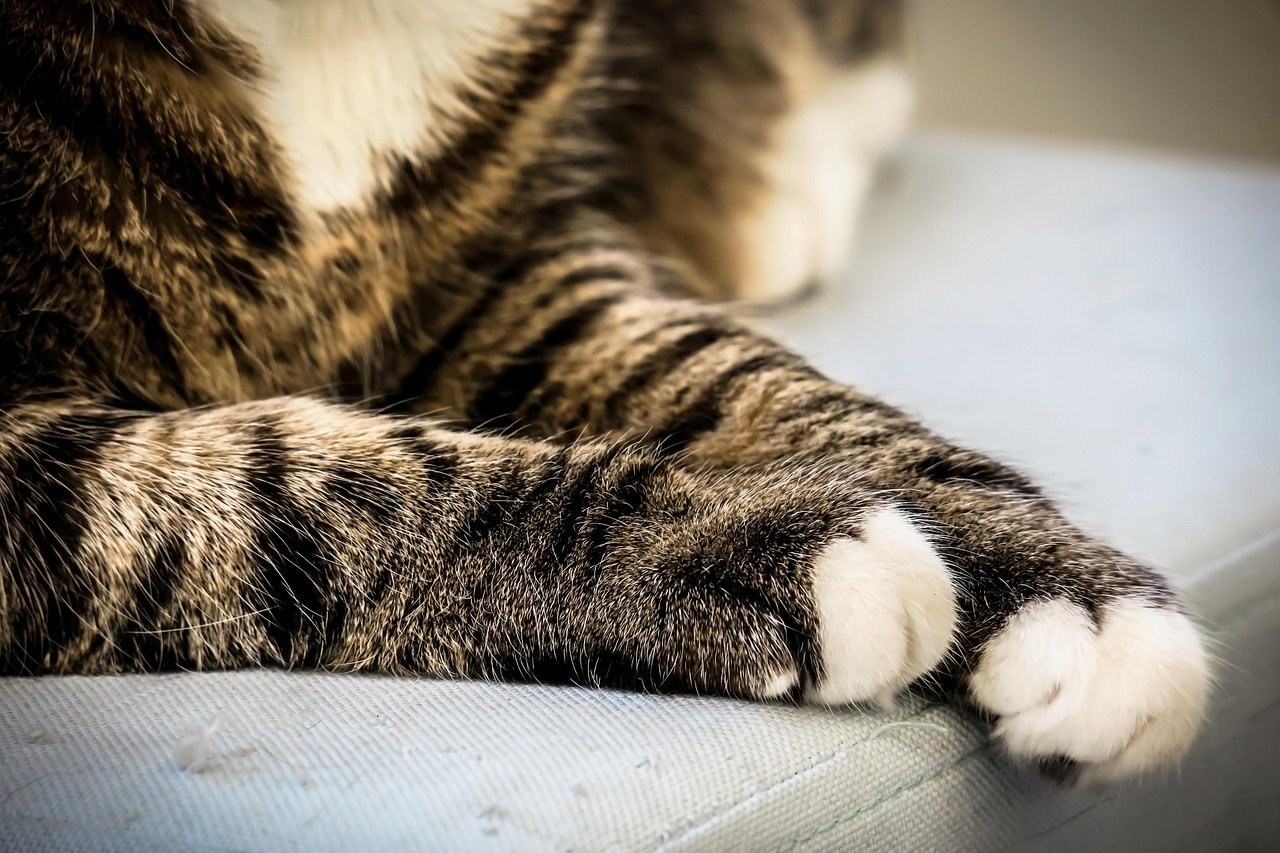
When a cat weaves between your legs, rubbing its body against you, it might seem like a plea for attention or food. While this can sometimes be the case, it’s primarily a way for cats to mark you with their scent, mixing it with yours. This behavior is a sign of affection and ownership. It’s your cat’s way of saying, “You belong to me.” Accept it as a compliment and a testament to your bond.
10. The Belly Trap
It’s a common scenario: your cat rolls onto its back, exposing its belly, only to swat at you when you try to pet it. Many owners misunderstand this as an invitation for belly rubs. In truth, exposing the belly is a sign of trust, but not necessarily an invitation for touch. The belly is a vulnerable area, and while some cats enjoy a gentle rub, many do not. It’s essential to read your cat’s body language and respect its boundaries.
11. The Sudden Pounce
A cat that suddenly pounces on your feet or hands might be mistaken for aggression. However, this playful behavior is often a reflection of their hunting instincts. Cats have a natural urge to stalk and pounce, and your moving feet can sometimes become an enticing target. Engaging your cat with appropriate toys can help redirect this energy and prevent those surprise attacks.
12. The Tail Twitch
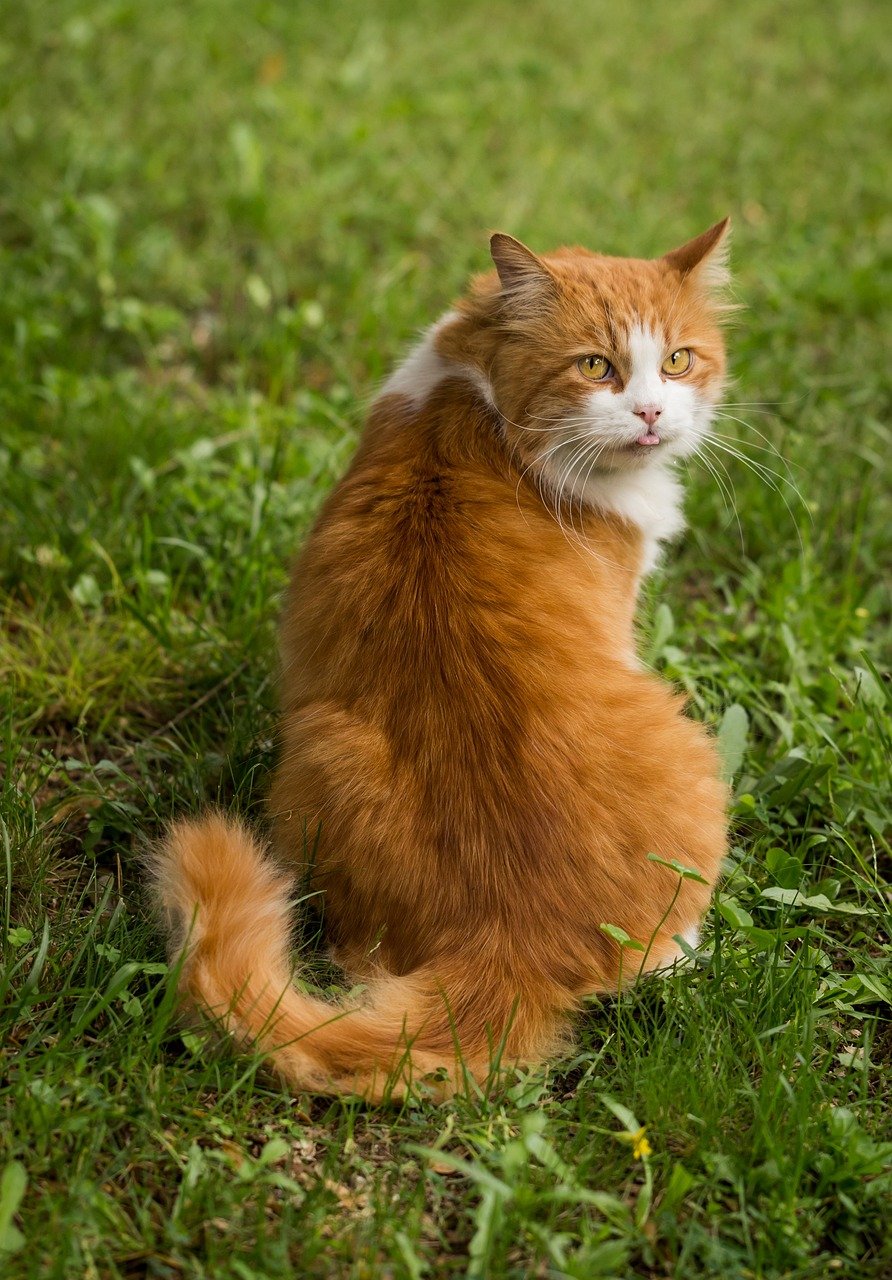
A twitching tail can be a confusing signal for many cat owners. While a wagging tail is often a sign of happiness in dogs, for cats, it can indicate irritation or excitement. A quick twitch might mean your cat is mildly annoyed, while a more vigorous wag can signify playful enthusiasm. Paying attention to the context and accompanying body language can help you interpret what your cat is trying to communicate.
Understanding these behaviors can deepen the connection between you and your feline companion. By recognizing the meaning behind their actions, you can respond appropriately and ensure a harmonious relationship. Each cat is unique, and while these general insights can be helpful, it’s important to remember that your cat’s personality will shine through in its own special way.

Growing up traveling and experiencing new cultures and wonders, I have had a passion for nature, adventuring, photography, and videography. I am currently working towards a BSc in Biodiversity and Ecology at Stellenbosch University, and I hope to specialise in Marine Sciences one day.
Please send any feedback to Feedback@animalsaroundtheglobe.com






